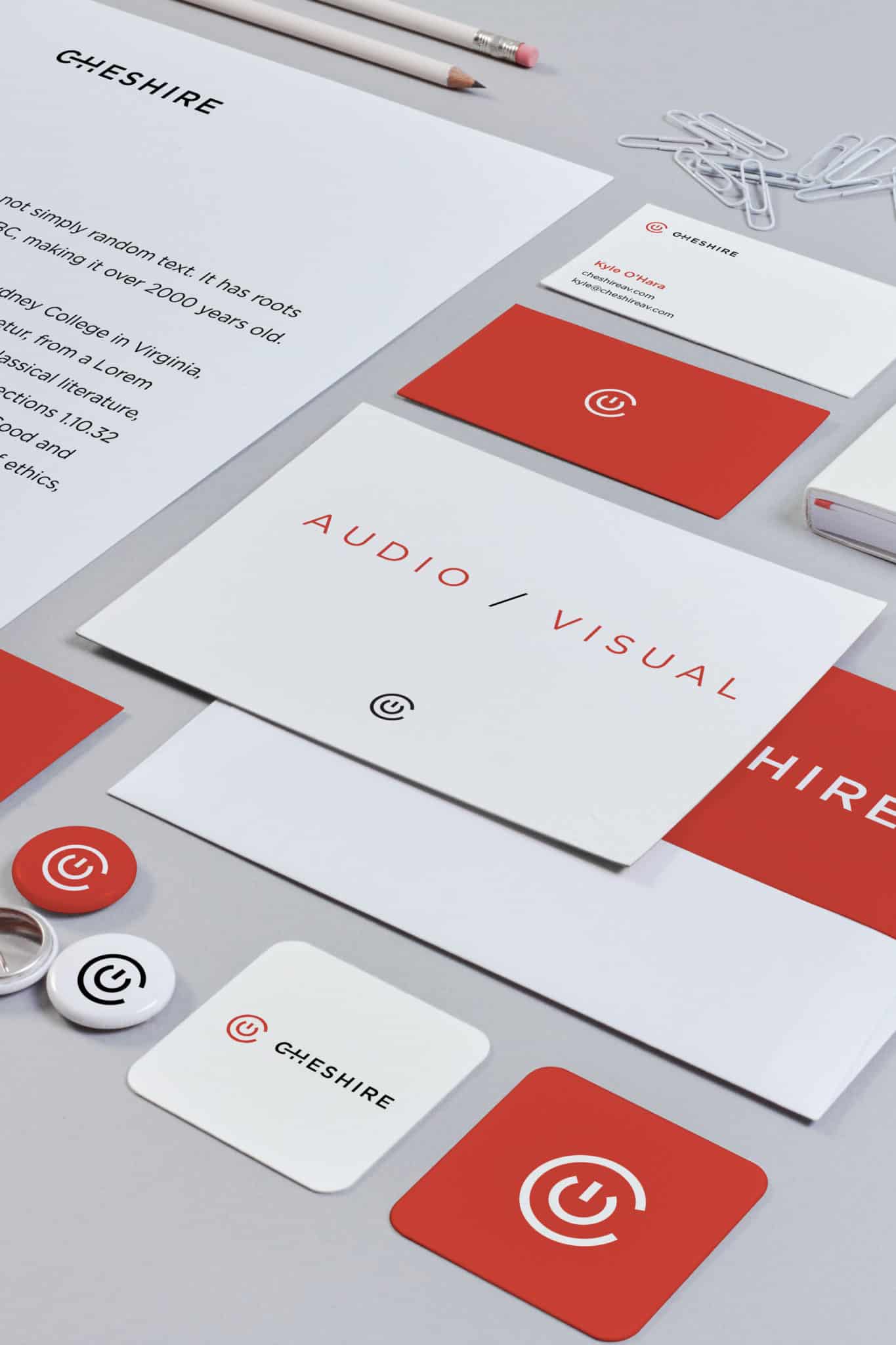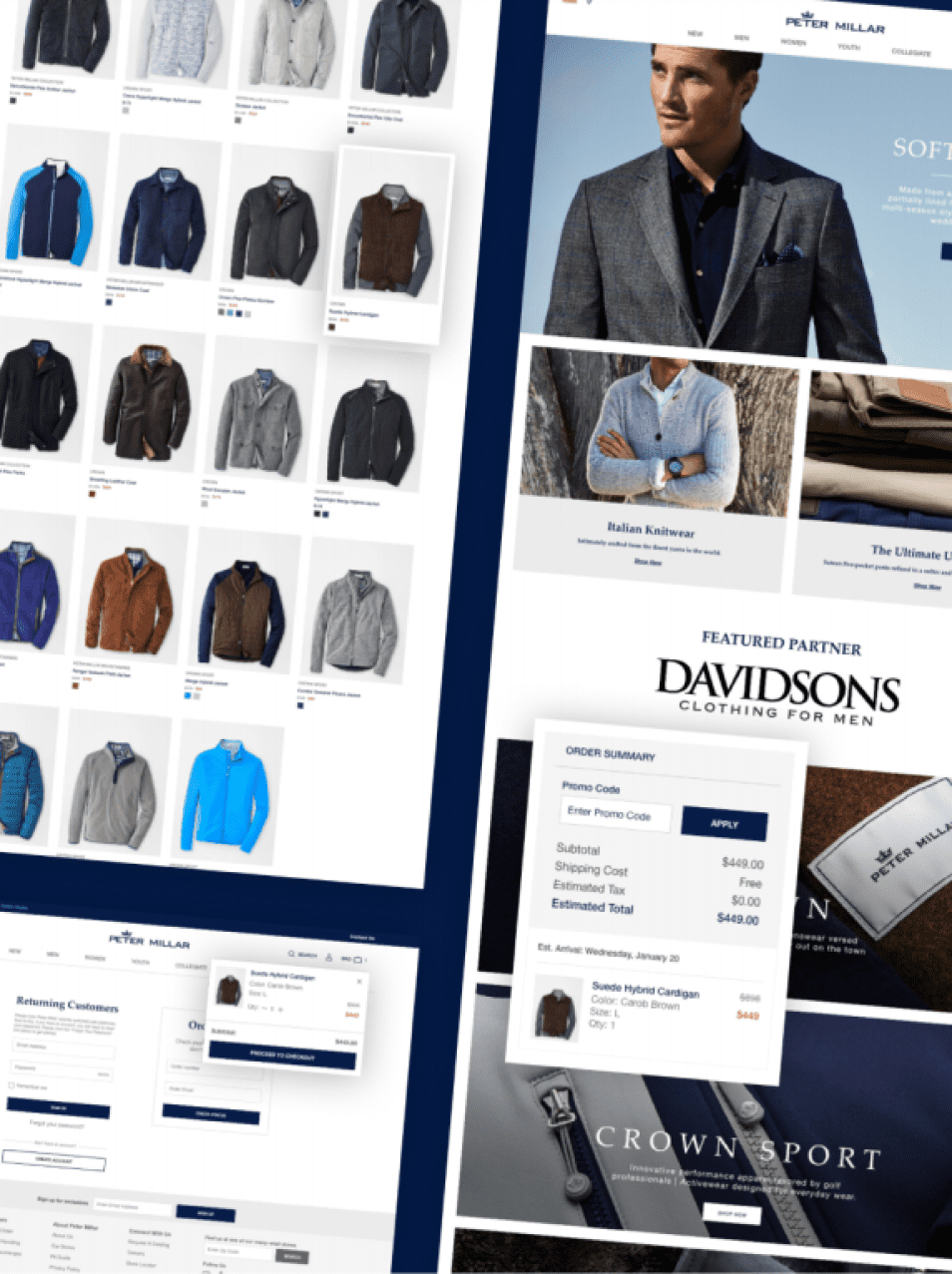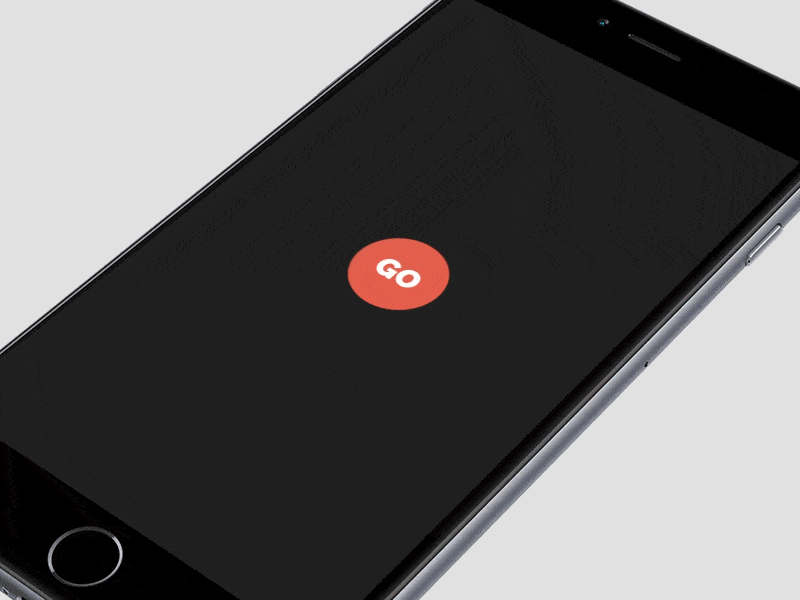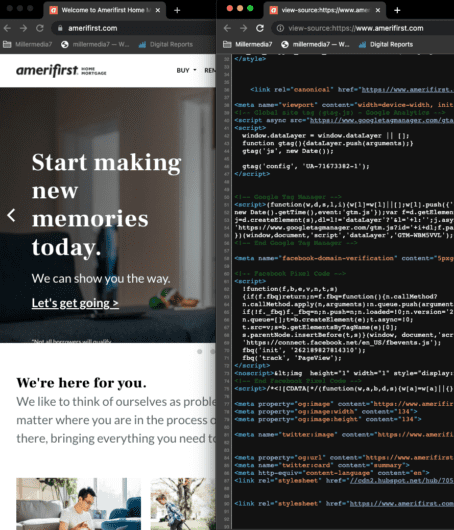If you’re a business owner or a Chief Marketing Officer with a finite digital marketing budget, you naturally want to use your money most effectively. To do so, you need to create a marketing strategy that allows you to reach broader audiences, target motivated leads, and, ultimately, increase sales. Easier said than done, right?
You’ve probably tried focusing on either content marketing or paid advertising, but neither of them alone led to the desired outcomes (otherwise, you wouldn’t be here). Content marketing improves your brand’s digital presence and connects your company with leads. But a content-only strategy often fails to bring quantitative results. At the same time, paid advertising sometimes feels like throwing your money down the drain. So, how can you improve your marketing ROI?
The answer is by combining these, at first glance, contrasting marketing methods. In this article, we explain how to do this. But first, let’s discuss why making paid advertising and content marketing work together is so important.
Why you should combine content campaigns and paid advertising

If you want your marketing strategy to reach more prospects, improve brand awareness, optimize cost-per-click, and generate more hot leads, neither content marketing nor paid advertising alone will help you do it.
Why?
Organic reach is dropping on major social platforms like Facebook and Instagram. So, while content is crucial to connect prospects with your brand and create a positive company image, it won’t increase your conversion rate without pushing your messages through the most appropriate channels to the right audience.

But if you launch paid ads for content that doesn’t resonate with your target audience (TA) and use channels that don’t match those that your TA uses, you’ll spend a lot of money for nothing. Plus, spreading low-quality content, even if it reaches more users, decreases trust in your brand, and increases the bounce rate, which does no good SEO-wise.
So what’s the logical conclusion? To get good results and a higher conversion rate, you must leverage the best of both worlds: design a solid content campaign and push it through paid channels. Here are the benefits you can expect:
- A wider reach that captures the most relevant leads and completely new markets, thanks to granular targeting options available on paid ad platforms
- Better SEO marketing
- Lower bounce rate
- More accurate metrics to measure the performance of paid ads and adjust your strategy
- More recognizable and trusted brand image
Now that you know the why, let’s talk about the how.
How best to pair content marketing and paid ads

To leverage paid advertising and content marketing, you need to understand a few things from the get-go:
- Your audience
- Your competition
- The channels your audience uses
The more you know about these three things, the easier it is for you to tailor your content and ads strategy. It also diminishes guesswork and prevents investing in marketing that’s doomed to be unsuccessful from the beginning (like targeting 40-45-year-olds on TikTok).
Create original, valuable, channel-focused content
High-quality content is still king. Without valuable, practical, and interesting-to-read pieces, your paid ads won’t bring the needed results you want — conversion, sign-ups, and sales — even though the click-through rate (CTR) will be high.
Your content should always answer your audience’s questions and needs and be a valuable source of information. Here are some examples of content that’s useful for your readers:
- How-tos, guides, & lifehacks
- Cheatsheets
- Templates
- Podcasts with industry gurus
- Niche analytics & statistic compilations (with source links!)
A content-first strategy is essential if you want to build brand awareness and reputation from day one. It’ll be easier to build paid campaigns in the future if your brand has an established name.
Build your paid ads around the highest-performing content
You should set up your paid campaigns around the most successful content pieces. How to choose which pieces have the most potential?
- Use metrics and tools offered by your social media channel, track it on Google Ads, audit with tools like Semrush, and so on. This strategy works when you already have some historical data and content to analyze. The tools mentioned will show you the bounce rate of your blog posts, audience impressions, clicks by markets, demographic information, and other factors that hint at whether your content is investment-worthy.
- Use paid ads to test the content. If you don’t have content performance data, you can generate it by using paid ads. Facebook is a good platform for that because it lets you test your content with different audiences and do A/B content testing for the same audience to see which content they react better to.
After you choose the best-performing pieces, you can push them through paid ads, promoted posts, native ads, and so on through various channels.
Choose the right channels and use their advertising tools
In addition to being high-quality, you should optimize your content for SEO and tailor it to the channel you use. And it’s not only about the native ad requirements or rules and policies for paid or branded content that Instagram, Facebook, YouTube, or Google Ad policies have — it’s also about what you expect your targeted buyer persona to see on the channel they use.
There are three major channels for paid marketing campaigns:
- Social media (Facebook, LinkedIn, Instagram, TikTok, etc.)
- Email marketing
- Blog posts (native ads and promotion)
Let’s talk about each.
Social media
According to Statista, Facebook was the leading channel used by marketers in 2021. And it does provide a lot of tools to launch paid campaigns: pins, boosts, in-stream video ads, link ads, carousel, and more. But also think about who uses this platform and what they use it for.

Source: Statista
A GWI study suggested that some social media platforms, like Instagram, TikTok, and Twitter, are used by Gen Z more than by other age groups, while millennials and Gen X prefer Facebook. The take-home message? Place your ads on different platforms based on your buyer persona age groups.

The same study examined why social media users choose a particular channel and what vibe they’re looking to get from a platform. For example, they expect TikTok to be young, Facebook to be smart, and Instagram and Pinterest to be trendy. Create and promote content that reflects the vibe of the channel that has the users you want to target, and you’ll get their attention and convert them to leads more easily.

Understanding social media demographics can help you target your ads to your buyer persona and boost your chances of increasing sales.
Email marketing
You can use the demographic findings from social media for email marketing and send tailored content and messages to different age groups. Without segmentation and tailoring, your email may not be useful or, worse, ignored.
Blog posts
As a HubSpot study found, regular blogging on your own website can increase leads by 68%. It also reinforces a consistent image of your company as one with expert knowledge and respect for its clients.
You can also use native ads — paid content distribution on third-party blogging platforms. The key here is finding a platform with a similar audience to your buyer persona and creating useful, shareable, click-worthy content.
Analyze, adjust, and retarget
When you have tools to monitor the performance of your content and ads, you have the knowledge of what works best, what doesn’t work, and where to retarget to bring clients back to you.
There are plenty of tools for tracking your website’s visitors. Plus, social media ad platforms provide analytics on purchases, cart abandonment rates, clicks, impressions, and other measures. You can use these data for retargeting (engaging users who already made a purchase, visited your website, or interacted with your post) and increasing conversion.
Wrapping-up
Using paid advertising and content marketing together allows you to reach a broader audience, improve conversions, and achieve a high ROI. In the long term, it also increases brand awareness and creates a solid brand reputation. To reap the benefits, you need to analyze various metrics to outline a content+ads strategy that works for you, which is no easy task.
Here at Millermedia, we’re ready to create your content-based, ad-powered digital strategy to propel your business to the top. Contact us today, and let’s discuss how our digital marketing expertise can be of service!











